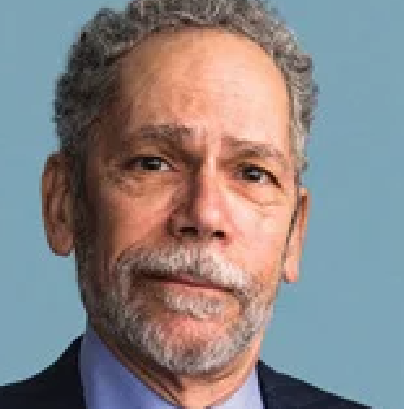What’s Good Is Good

Five months into the year, preferred investment strategies for public funds investors are performing quite well, thank you.
- Cash continues on top. Last year cash investments in LGIPs and money funds produced the highest returns in a generation and bested the returns of other segments of the fixed income markets. That record has extended in the first five months of 2024. Investors in prime LGIPs tracked by the PFII Prime LGIP Index earned a monthly yield that averaged 5.48% in this period. Add the effect of monthly compounding and the annual yield is 5.63%. Investors in government LGIPs that are in the PFII index earned 5.29%. With compounding that works out to 5.42%.
- Short-term portfolios have had healthy returns. Those who have deployed money into limited duration portfolios —those invested with maturities out to three or five years—have also had a respectable return. While cash has provided bragging rights, portfolios with longer maturities provide budget certainty over a period of months/years. As of May 31, the model portfolio we track had a 12 month return of 3.94%. Not 5%+ but still. And the yield to maturity of the model was 5.60%, providing a sound base for coming months/quarters.
Our updated Dashboard, with all of these details and a summary of the Security and Exchange Commission’s Money Fund Statistics is here.
The cash strategy concentrates investments in LGIPs or money funds. Maximum flexibility and liquidity are coupled with an uncertain income stream. These investors will have returns closely tied to central bank monetary policy. Unless and until the Federal Reserve alters its policy, these strategies will earn monthly rates between 5.25% and 5.50%.
To get toward the higher end of the range an investor should seek a fund with lower fees and must accept some credit risk . The benefit of credit has moderated so far this year. Thus, the spread between prime and government LGIPs tracked by the PFII indices has narrowed a bit. Last December it was 20 basis points; now it is 16. That reflects a positive outlook for credit. Investors believe large banks and corporations will continue to enjoy high earnings and stability and are willing to accept lower premiums to invest. That outlook could change in a moment. Think of the bank crisis of a year ago. But for now….
This strategy is also on top for only as long as the Fed maintains its current monetary policy. At some point the Fed will cut rates. This week other central banks (Canada, the European Central Bank) started down this path. Most Wall Street betting is not around “if” but “when” lower bank rates will materialize in the U.S.
The limited duration investment strategy—placing investments in fixed rate instruments beyond the 60 day or so horizon of LGIPs and money funds—may have gotten a bit of a bad rap recently because returns have been below those on cash. But if you step back to consider the budget impact of the strategy you might conclude differently. There is an overwhelming set of financial modeling tools available to try to identify the course of macro-economic, interest rate and interest rate spread trends that could project the future earnings of a separate portfolio. But these tools do not address directly the question of whether earning at ~5.50% with a one-day (or 60 day) time horizon is better than earning at a lesser rate—say 5%–with a longer time horizon. Some would say that is a budget, not an investment, question.
That’s not to ignore market volatility. So far this year two-year Treasury yields have ranged over 86 basis points, from 4.14% to 5.00%. That has led to some negative (aka ugly) one month returns for limited duration portfolios. The change in the Prime LGIP Index? Nine basis points, and in the Government Index? five basis points. That’s remarkable. But it shouldn’t detract from the conclusion that those governments fortunate enough to have significant investment balances have done quite well this year.


